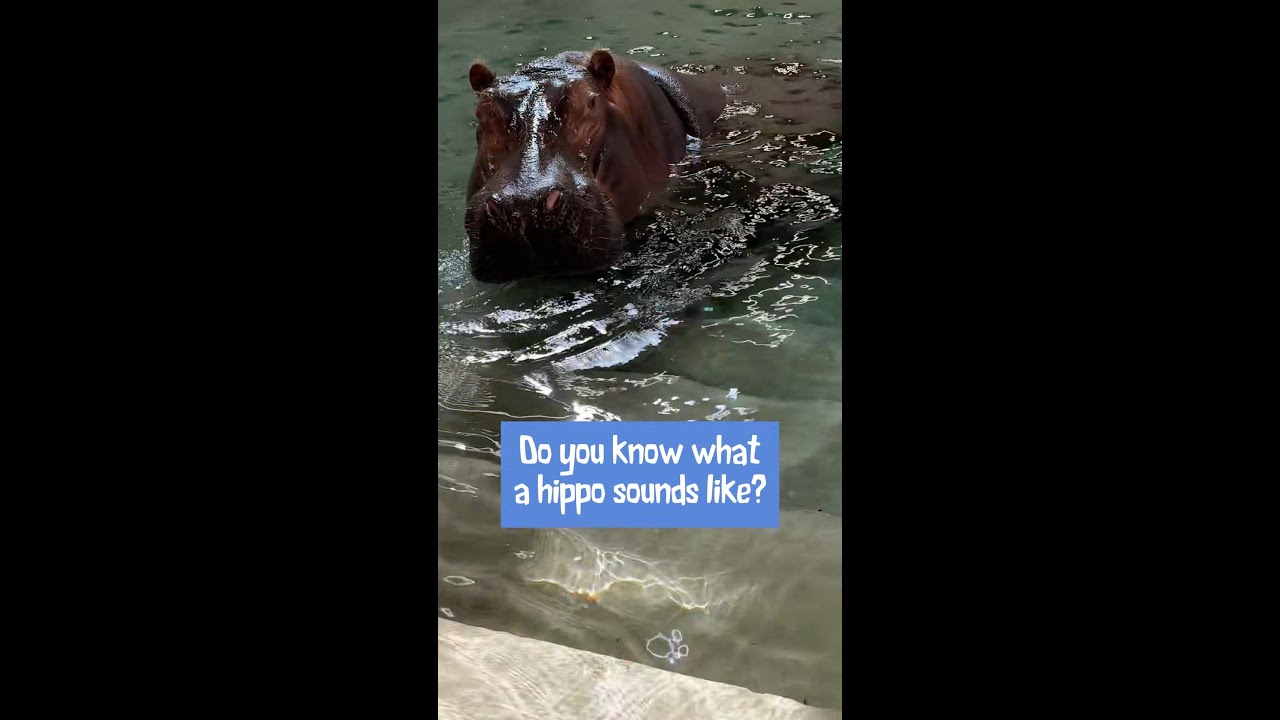– The role of hippos in their natural environment and the challenges they face in the wild
– Insights into the Saint Louis Zoo‘s efforts in hippo care and conservation
– The educational importance of showcasing hippos at zoos
– The significance of vocalizations in hippo social structure and behavior
– Strategies for wildlife conservation and the pivotal role of zoos
Hippos, or hippopotamuses, are large, mostly herbivorous mammals native to sub-Saharan Africa. They play a critical role in their ecosystems by influencing the paths of rivers and providing vital nutrients to terrestrial and aquatic environments. However, they face several challenges, including habitat loss, illegal hunting, and conflicts with local communities. These issues underscore the importance of conservation efforts to ensure their survival.
The Saint Louis Zoo has emerged as a prominent player in the care and conservation of hippos. By creating environments that replicate the hippos’ natural habitat as closely as possible, the zoo aims to provide a healthy and stimulating environment for these animals. This includes large pools where hippos spend most of their day submerged, mirroring their wild behavior to stay cool and protect their sensitive skin from the sun. Such practices are crucial not only for the well-being of the hippos but also for educational purposes. Visitors to the Saint Louis Zoo can observe hippos in conditions that mimic their natural surroundings, offering a unique insight into their lives and their challenges in the wild.
The educational aspect of displaying hippos at zoos like the Saint Louis Zoo cannot be overstated. It offers a tangible connection to wildlife many may not experience otherwise. By witnessing hippos’ behaviors and vocalizations up close, zoo-goers gain a greater appreciation for these creatures and the importance of their conservation. Education programs at zoos also highlight the interconnectedness of ecosystems and the role each species plays, encouraging a more conservation-minded public.
Vocalizations are a significant part of hippos’ social interactions. These sounds range from grunts and groans to more complex sequences communicating everything from territorial claims to distress. The Saint Louis Zoo provides an opportunity to hear these vocalizations firsthand, offering insights into hippos’ complex social structures. The vocal exchanges between hippos at the zoo help illustrate the complexity of their relationships and behaviors, serving as a powerful educational tool for understanding animal behavior and communication.
Conservation strategies for hippos and other wildlife often involve protected area management, community engagement, and education. Zoos play a crucial role in this multifaceted approach. By participating in international breeding programs, zoos help maintain genetic diversity among animal populations in captivity, which can be critical for reintroduction and conservation efforts. Furthermore, zoos contribute financially to conservation, supporting field projects and research to protect hippos and their habitats in the wild.
The Saint Louis Zoo’s engagement with hippos exemplifies how modern zoos function as centers for conservation, education, and research. By carefully managing the care of hippos, providing educational opportunities for the public, and supporting conservation efforts, the zoo contributes significantly to the survival of these remarkable animals. Zoos act as a bridge between humans and the natural world, fostering a deeper understanding and appreciation for wildlife and the challenges it faces. The complex balance of ecosystems is highlighted through initiatives like those at the Saint Louis Zoo, along with the urgent need for conservation efforts to protect species such as the hippo for future generations.
*****
Source Description
Ever heard a hippo? 🔊
The Zoo’s three female Nile hippos make lots of different noises. They wheeze, honk, grunt and squeal to communicate with their group – known as a bloat – both above and below water! The sounds can be heard for more than a half a mile in the wild.


